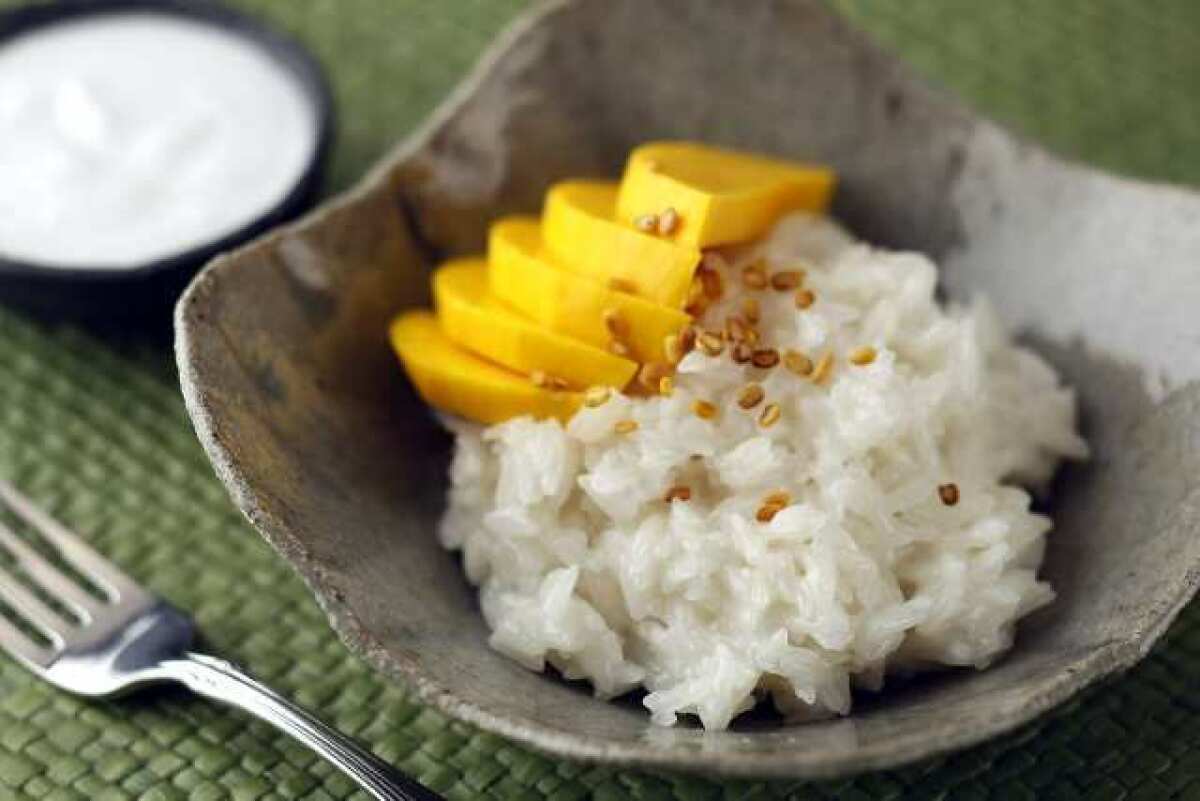Rice contains ‘worrisome’ arsenic levels, says Consumer Reports

All along the rice shelf at the grocery store, where brown and white rice sit alongside rice-based breakfast cereals, rice pastas, rice drinks and rice crackers, there’s arsenic, and often at troubling levels.
The new findings from a Consumer Reports investigation show “significant” and “worrisome” amounts of inorganic arsenic in nearly every rice product tested. The watchdog group urged consumers to scale back ingestion of rice products and asked the Food and Drug Administration to set limits.
Inorganic arsenic is a known carcinogen for humans, affecting the bladder, lungs, skin and possibly more, and is also considered a launch pad for children to future health woes. Organic arsenic is less toxic but still “of concern,” according to Consumer Reports.
Arsenic is found often in vegetables, fruits and even water. Earlier this year, the product testing organization concluded that the chemical element was rampant in many apple and grape juices.
On Wednesday, Consumer Reports said it tested more than 200 samples of rice products, including some from major labels, organic and conventional purveyors and gluten-free companies. Rice, which is grown in liquid-logged conditions, easily absorbs arsenic found naturally in soil and water.
Some infant rice cereals had five times the inorganic arsenic found in alternatives such as oatmeal, according to the group. White rice grown in Arkansas, Louisiana, Missouri and Texas – the source of more than three quarters of domestic rice – had higher levels of arsenic than other samples.
But the average arsenic levels in brown rice were always higher than for the white variety. The element concentrates in the outer layers of the grain, which are polished off to produce white rice.
Latinos and Asians tend to be more affected by arsenic; consumers who ate rice had arsenic levels 44% higher than those who didn’t eat the food, according to the report.
Eating just over half a cup of cooked rice a day resulted in a jump in urinary arsenic levels, a similar effect to drinking a liter of water containing the federal maximum of 10 parts-per-billion of arsenic, according to a study quoted by Consumer Reports from the Dartmouth Children’s Environmental Health and Disease Prevention Research Center.
The $34-billion rice industry says the concerns are overblown.
“There is no documented evidence of actual adverse health effects from exposure to arsenic in U.S.-grown rice,” says Anne Banville, a vice president at the USA Rice Federation trade association, in a statement. “And we believe the health benefits of rice must be properly weighed against the risks of arsenic exposure, which we believe are minimal.”
But the trade group said it is nonetheless aiding research into arsenic levels.
ALSO:
Red Vines black licorice recalled due to high levels of lead
Arsenic, lead found in many samples of grape and apple juice
Dole sells businesses to Japanese firm Itochu for $1.7 billion
Follow Tiffany Hsu on Twitter and Google+
More to Read
Inside the business of entertainment
The Wide Shot brings you news, analysis and insights on everything from streaming wars to production — and what it all means for the future.
You may occasionally receive promotional content from the Los Angeles Times.










